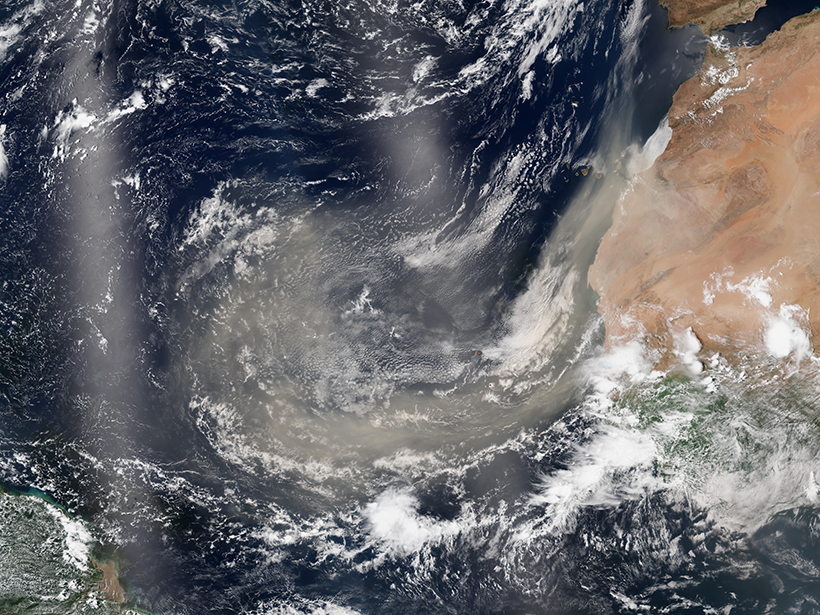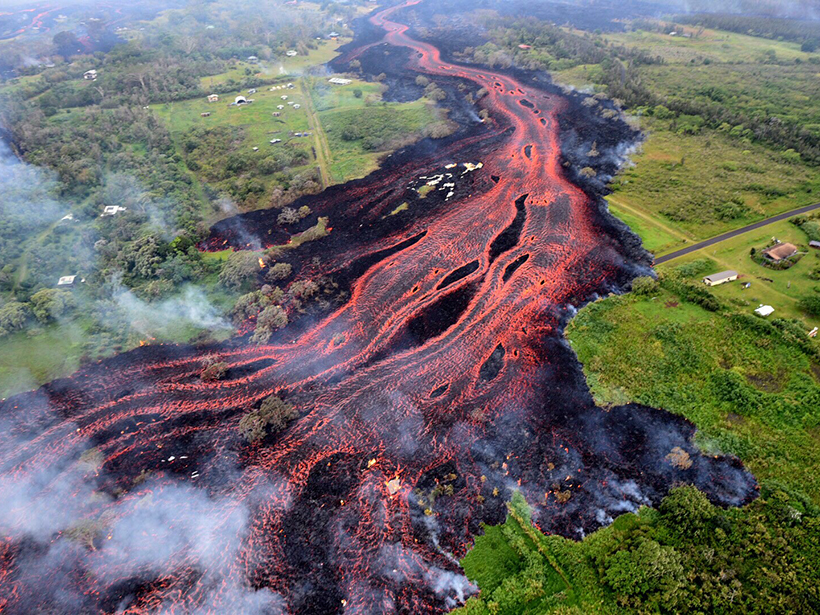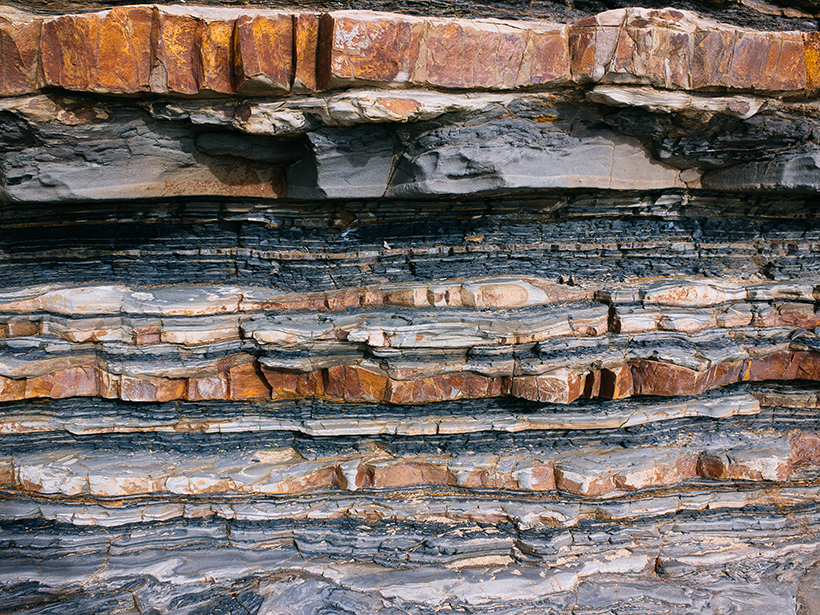Dissolved thorium isotopes light the way to a more thorough understanding of how different elements enter marine environments—and how long they stay there.
Research Spotlights
Research spotlights are plain-language summaries of recent articles published in AGU’s suite of 24 journals.
How Ningaloo Niño Supercharges the El Niño–Southern Oscillation
The warm current cools the tropical Pacific and strengthens trade winds.
A New Tool for Studying Volcanic Eruptions Like Kīlauea
A new study sheds light on how magma erodes the conduit it flows through.
New Real-Time Model May Protect Astronauts from Space Radiation
Solar energetic particle events pose an acute risk to space travelers outside the protection of Earth’s magnetic field. A new initiative aims to quantify the danger.
Evaluating the Efficiency of Data Assimilation
Information is lost when researchers combine statistical models and remote sensing data, but just how much is often unclear. A new study offers a framework to measure the inefficiency.
How Do Turbidity Currents Accelerate?
Flume experiments show that a self-reinforcing cycle can strengthen the currents responsible for transporting large amounts of sediment to the deep oceans.
Leaf-Cutter Ants Boost Carbon Dioxide Emissions from Soil
Leaf-cutter ant nest openings emit up to 100,000 times more carbon dioxide than surrounding soil, a new study shows.
Regional Metamorphism Occurs Before Continents Collide
Evidence from collision zones suggests that the high temperatures that create regional zones of metamorphic minerals occur in wide, hot back arcs prior to continental collision deformation.
Organic Particles Affect Carbon Cycling in Boreal Waters
Dissolved organic carbon receives much of the focus in aquatic research, but a new study suggests that bulkier particulate matter may play a significant role in regulating carbon dioxide emissions.
How Monsoons in Africa Drove Glacier Growth in Europe
A new study shows that low-latitude weather can affect distant glaciers.










